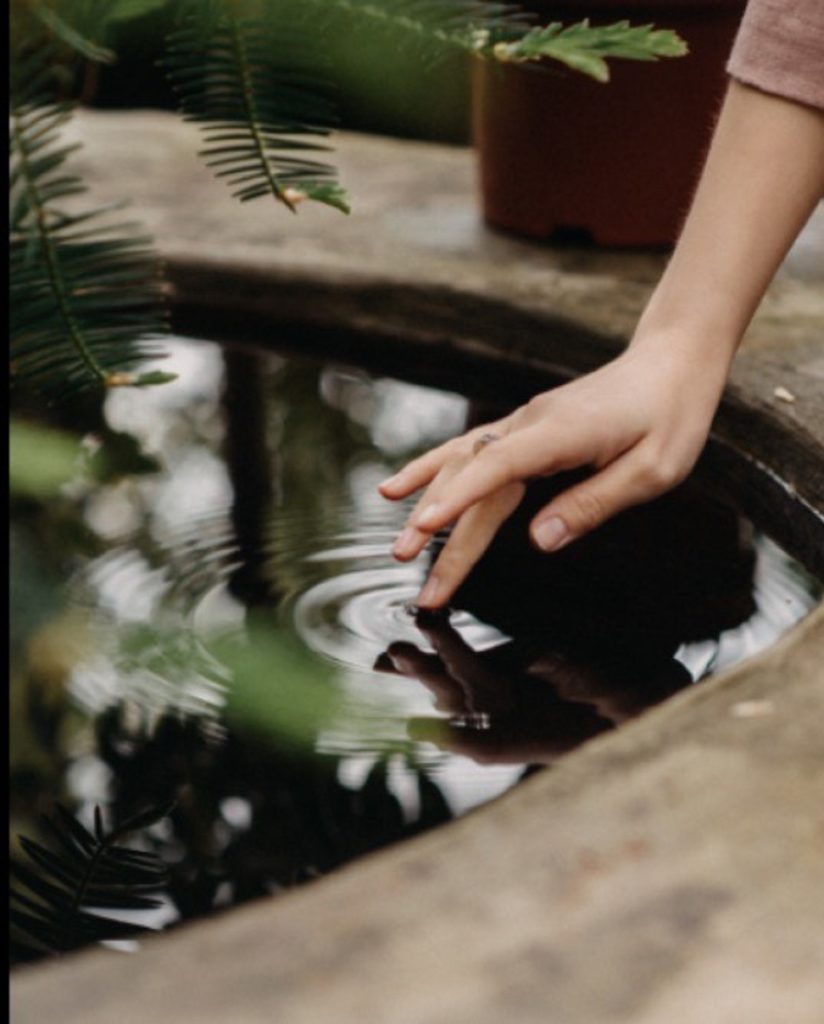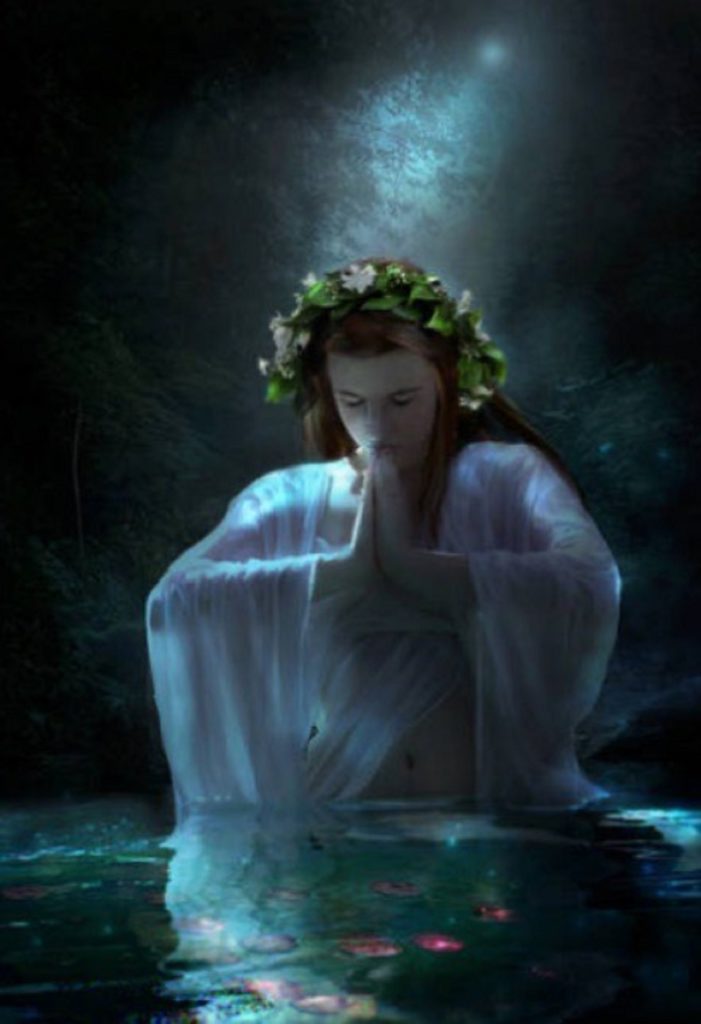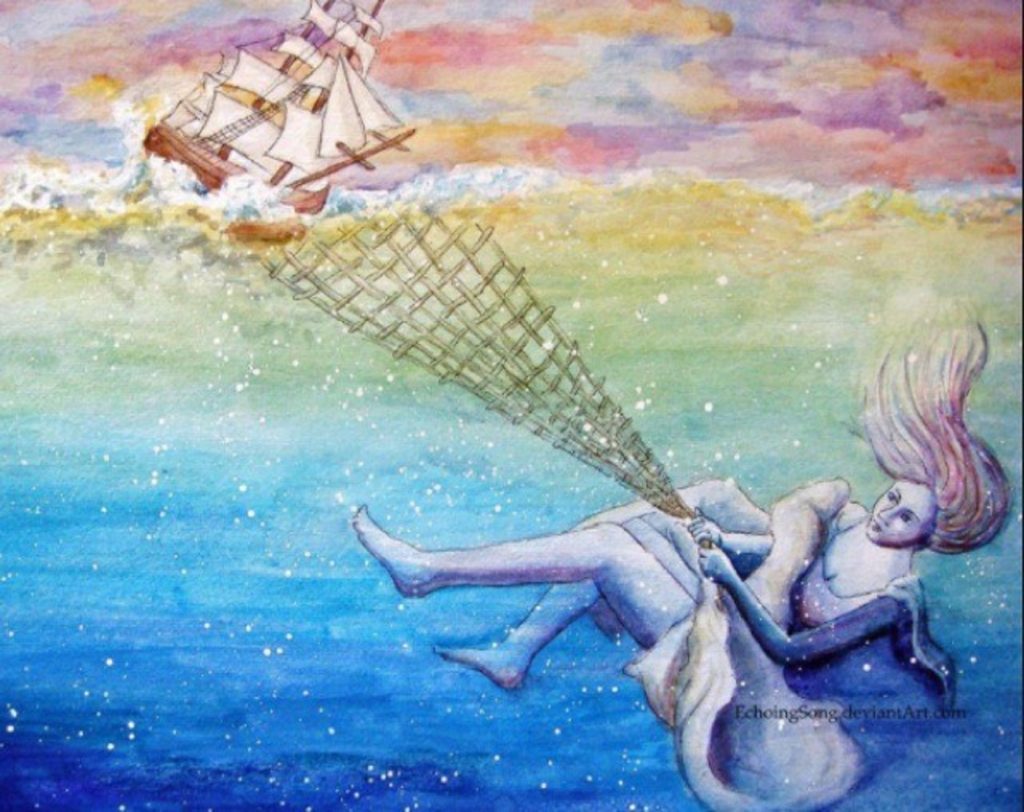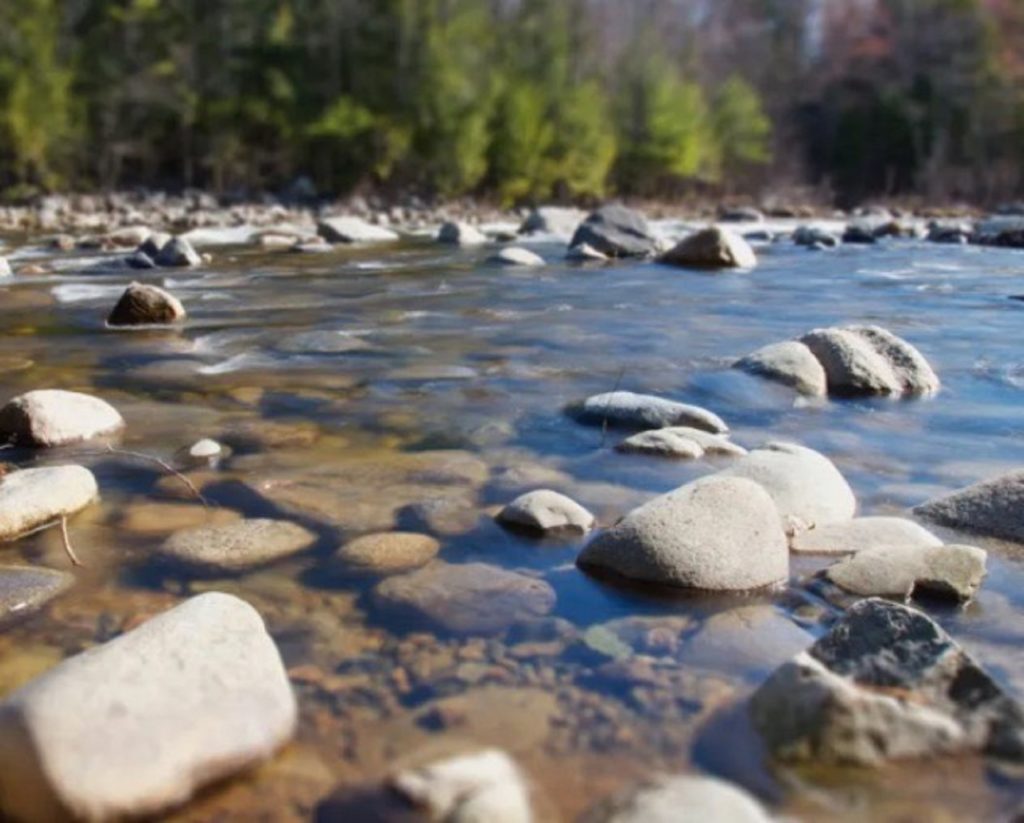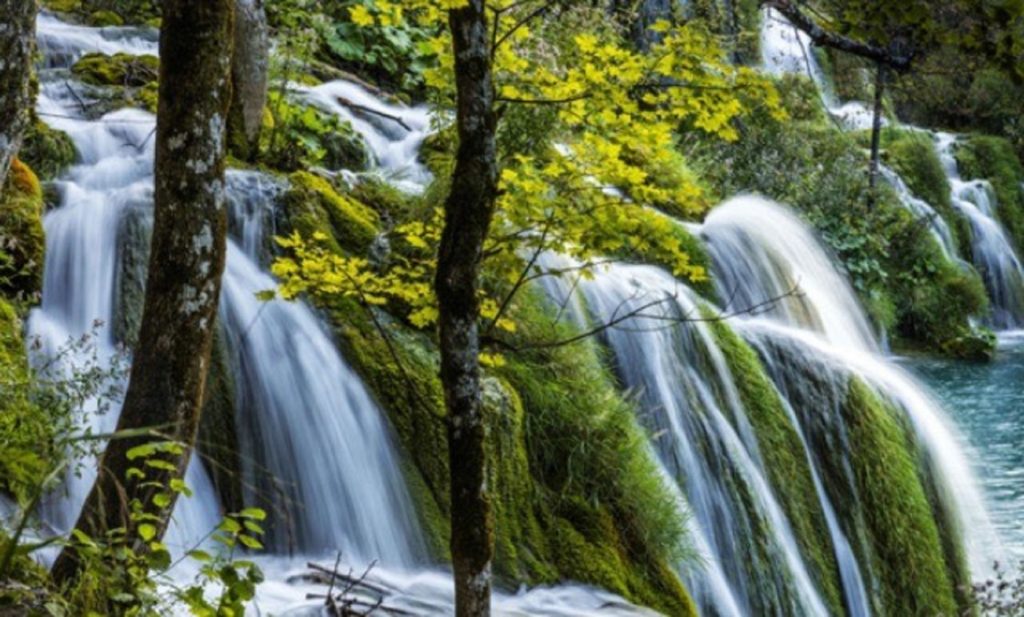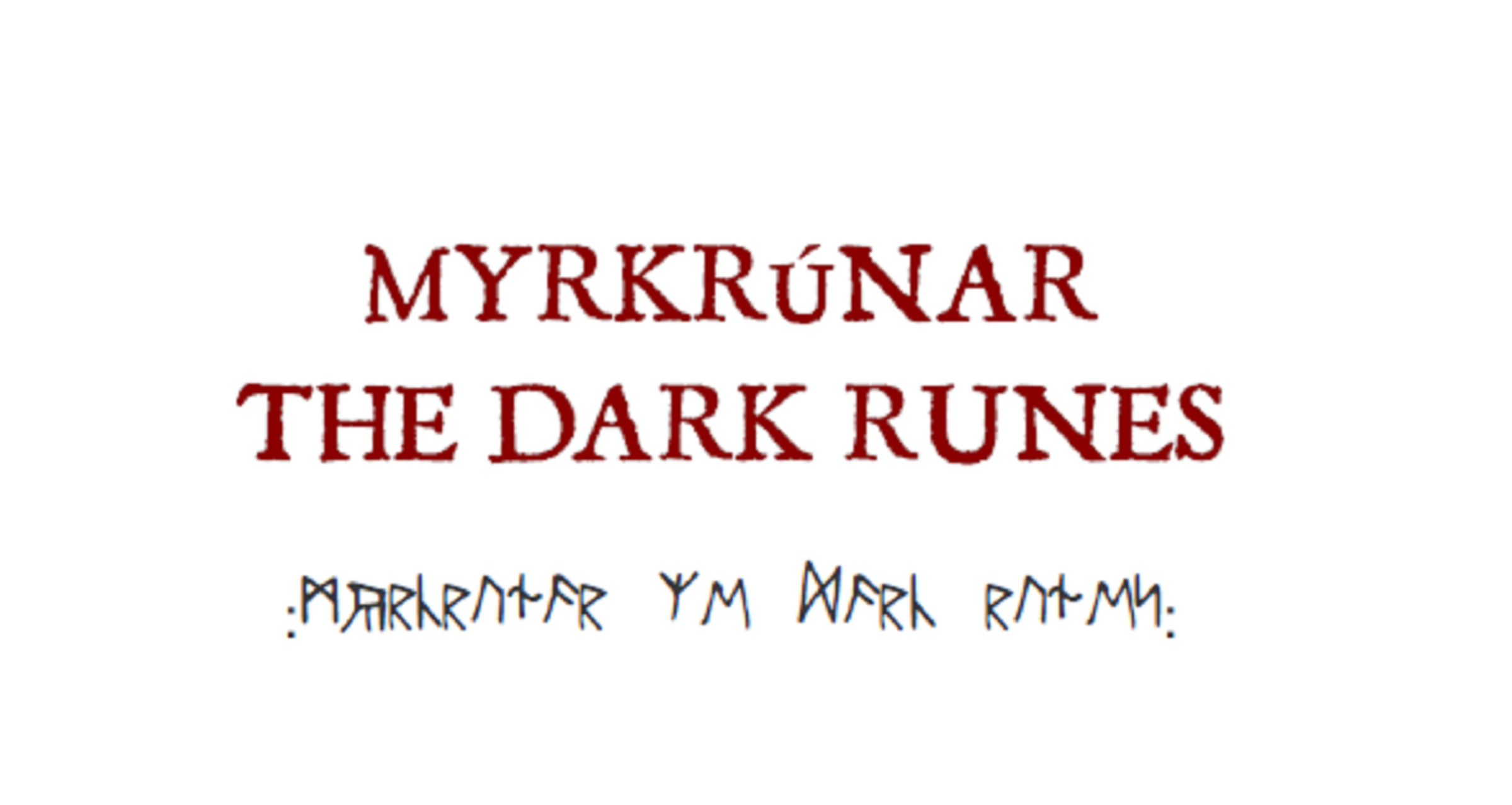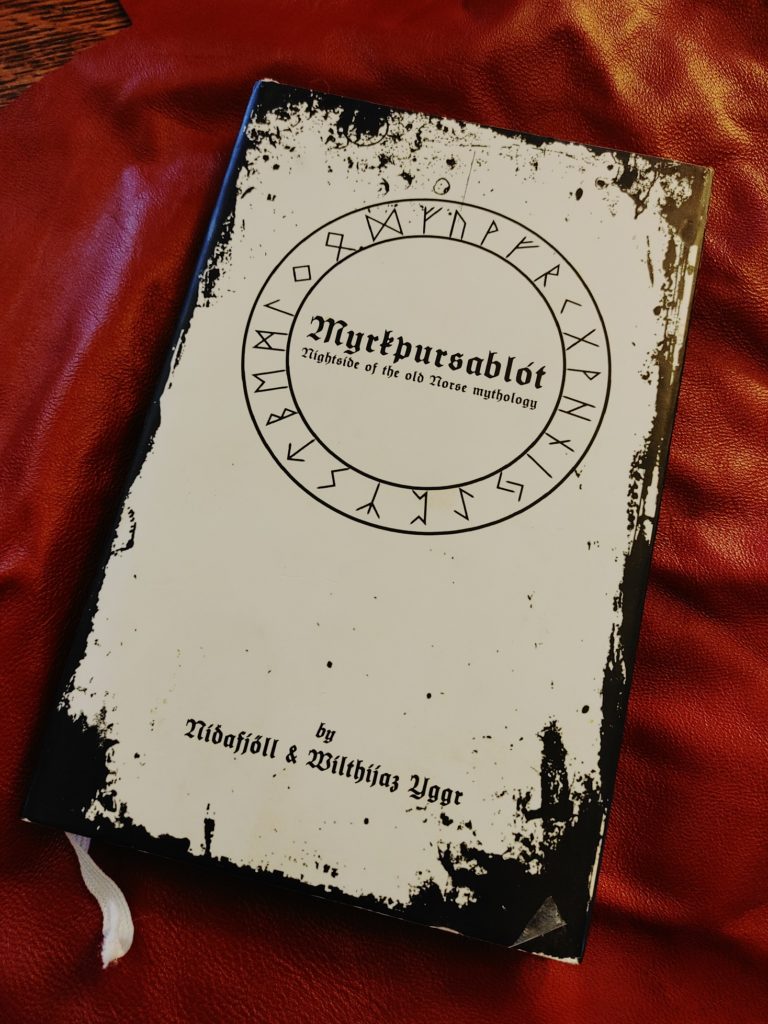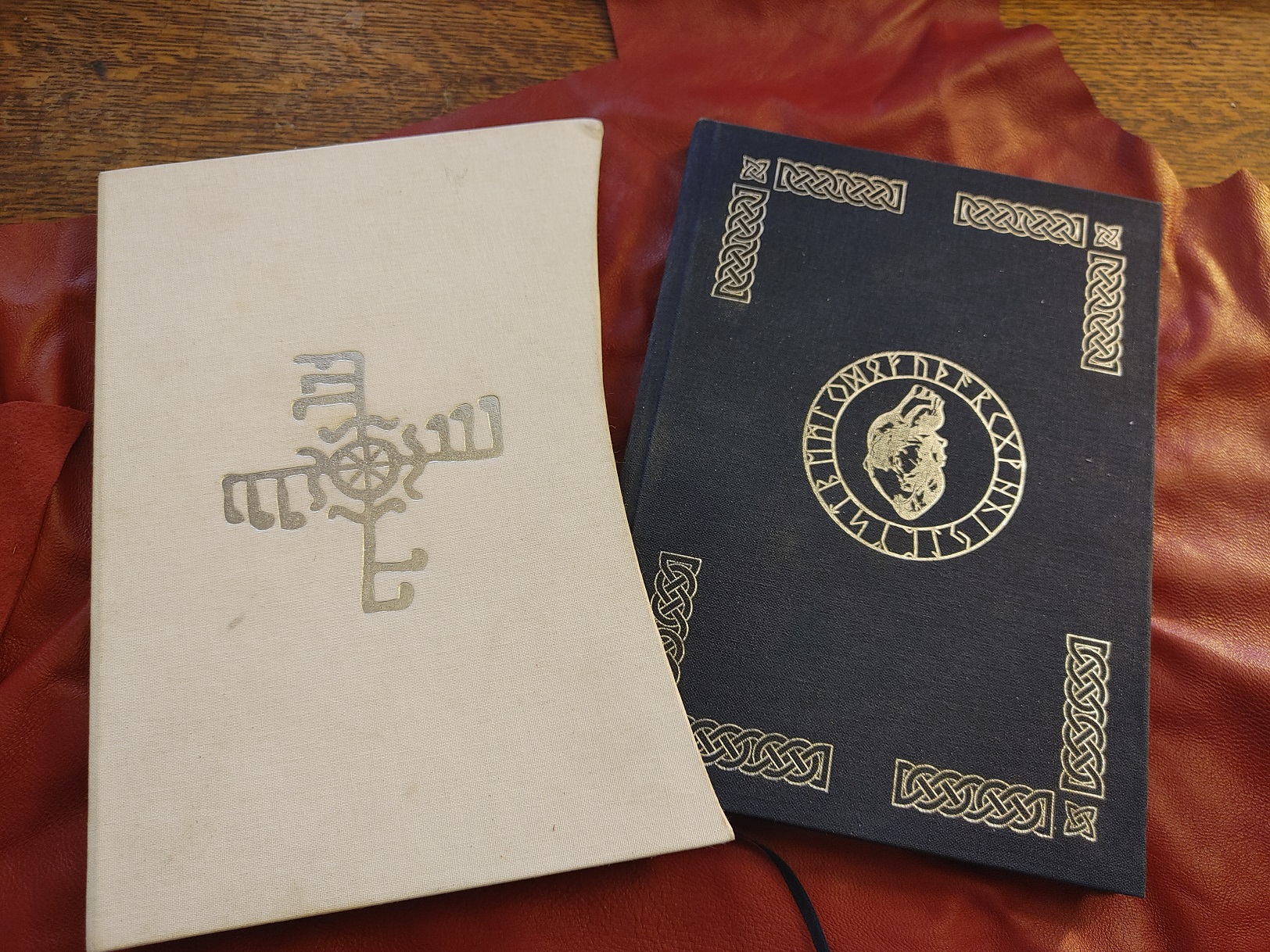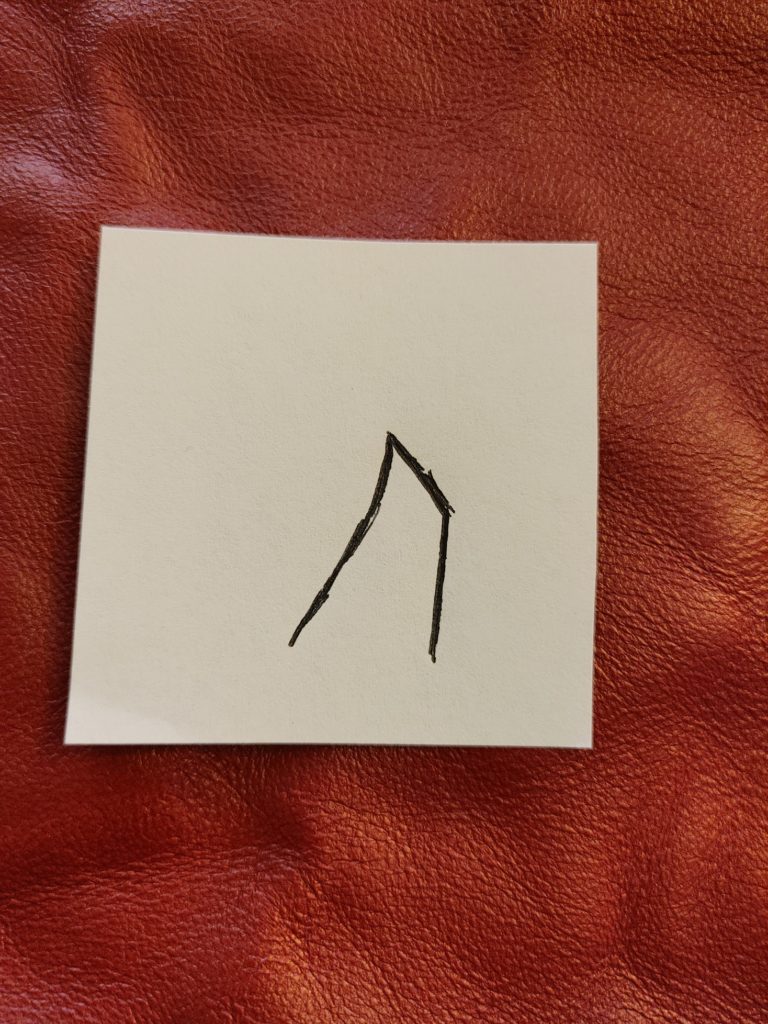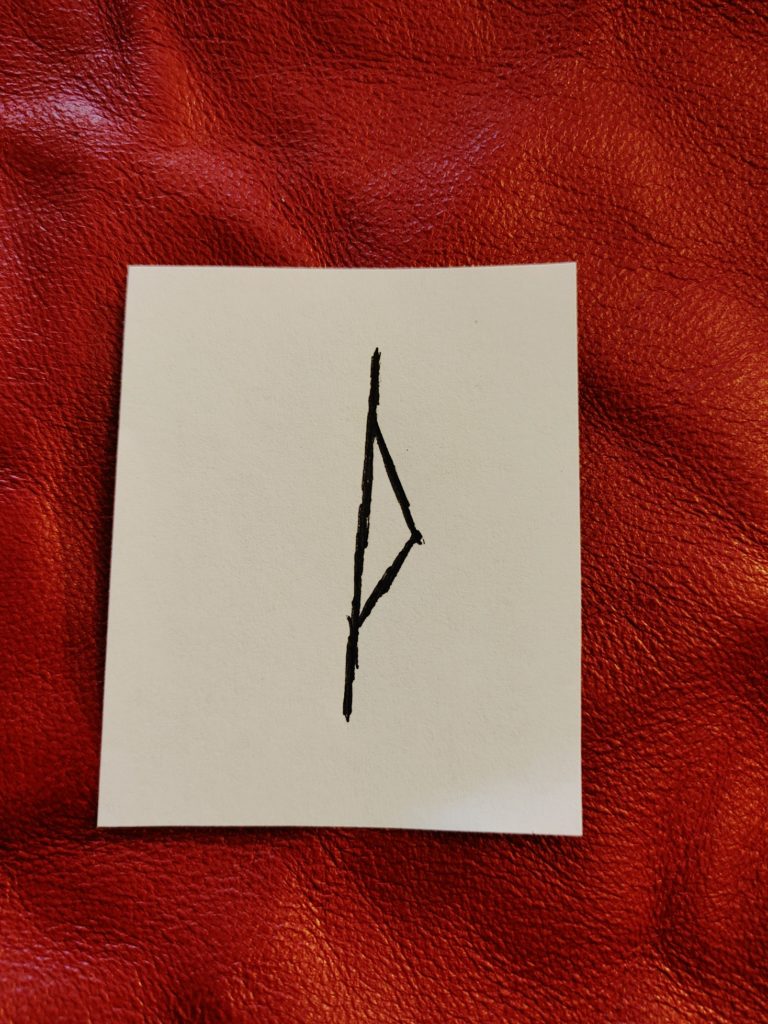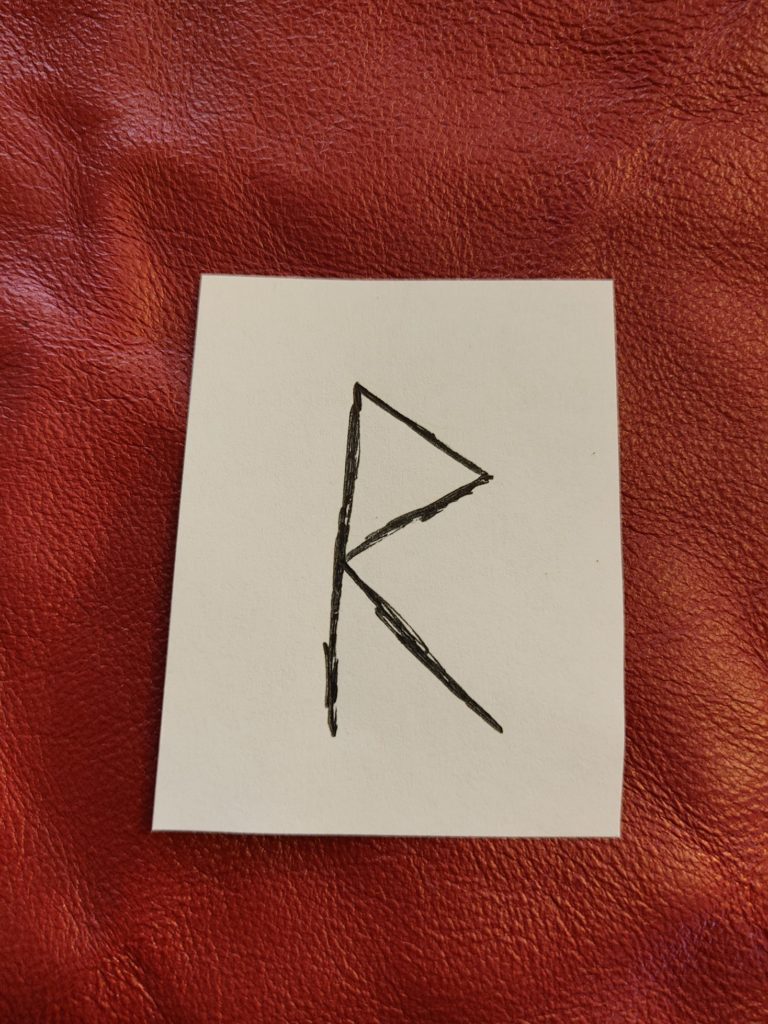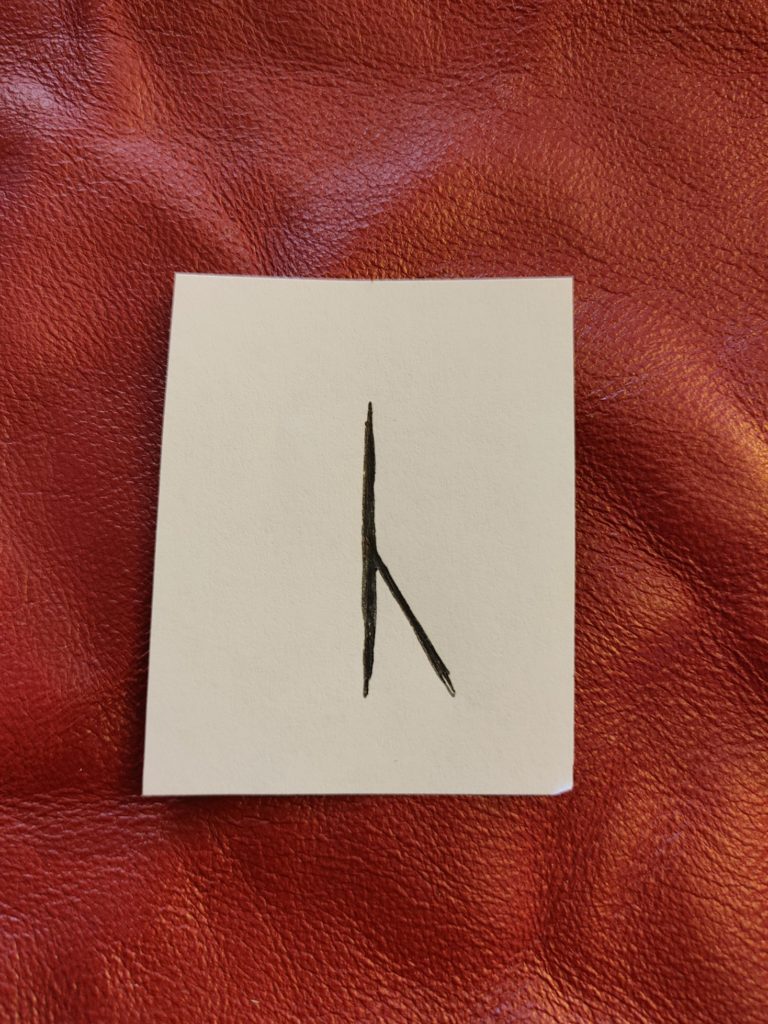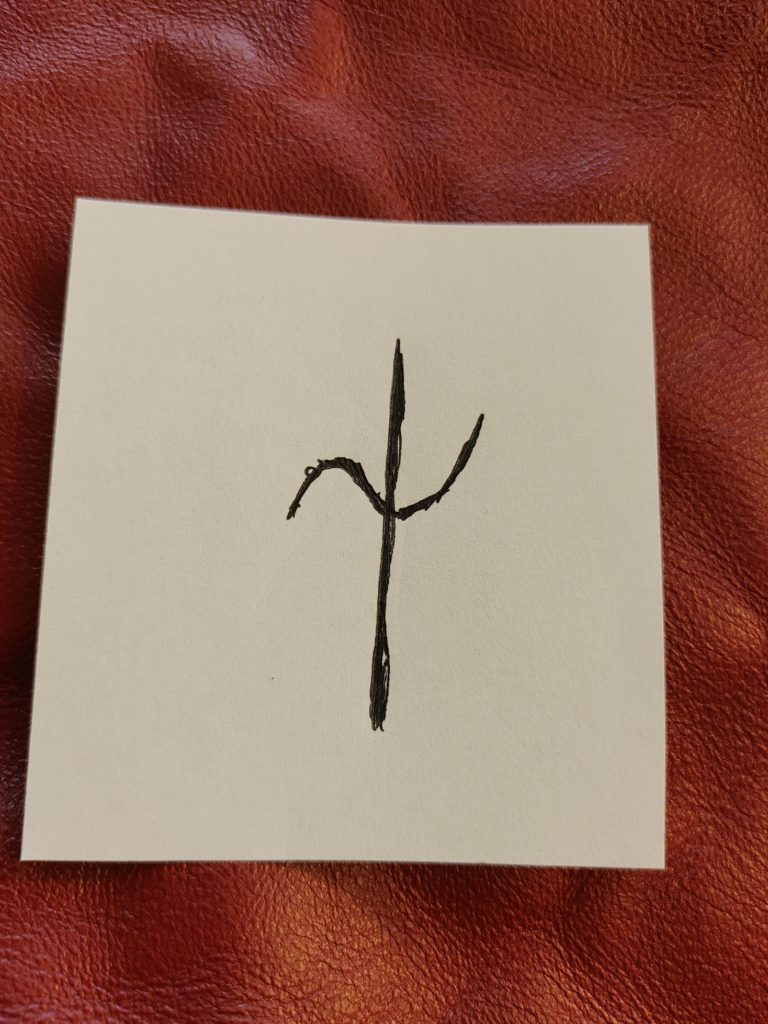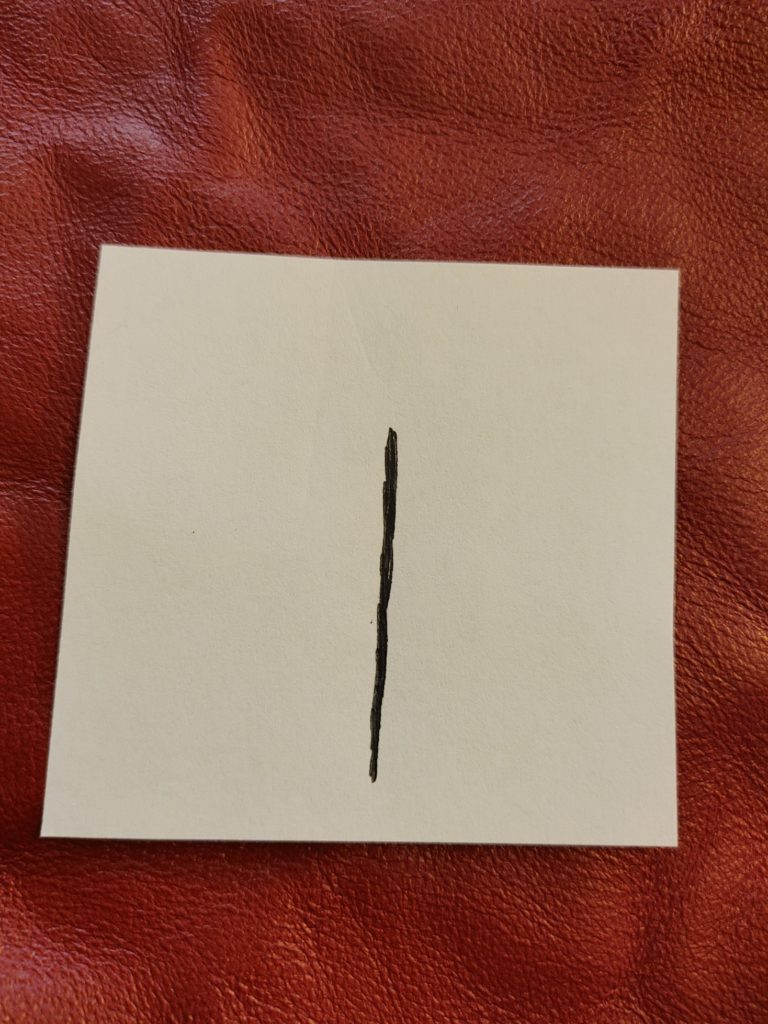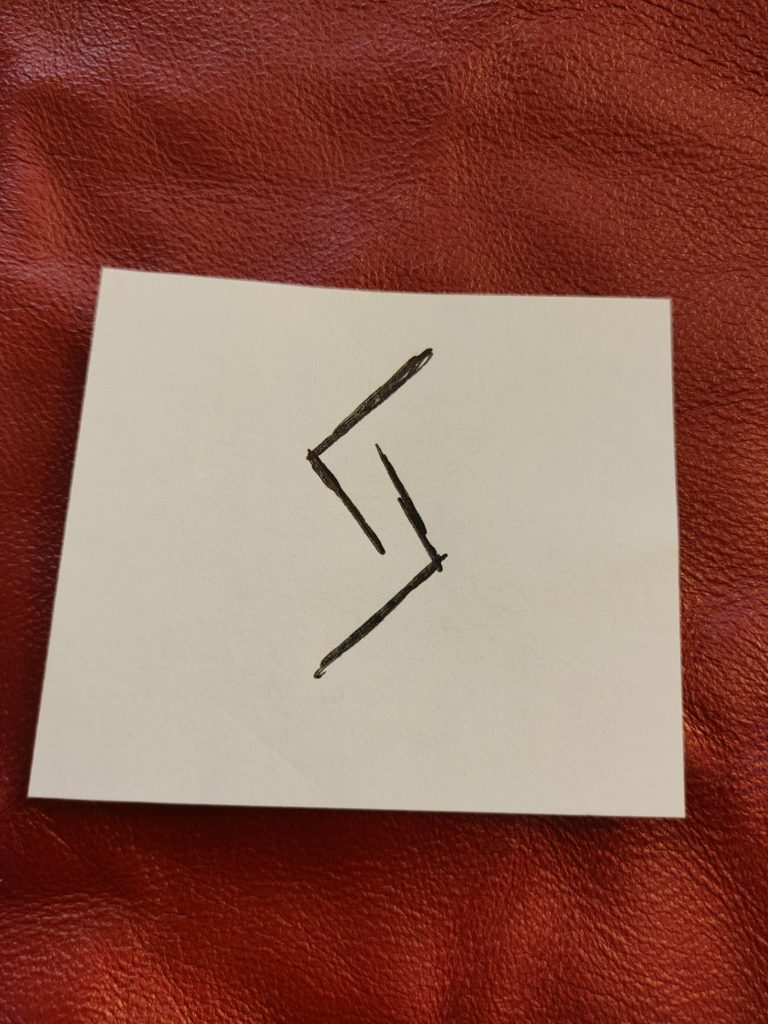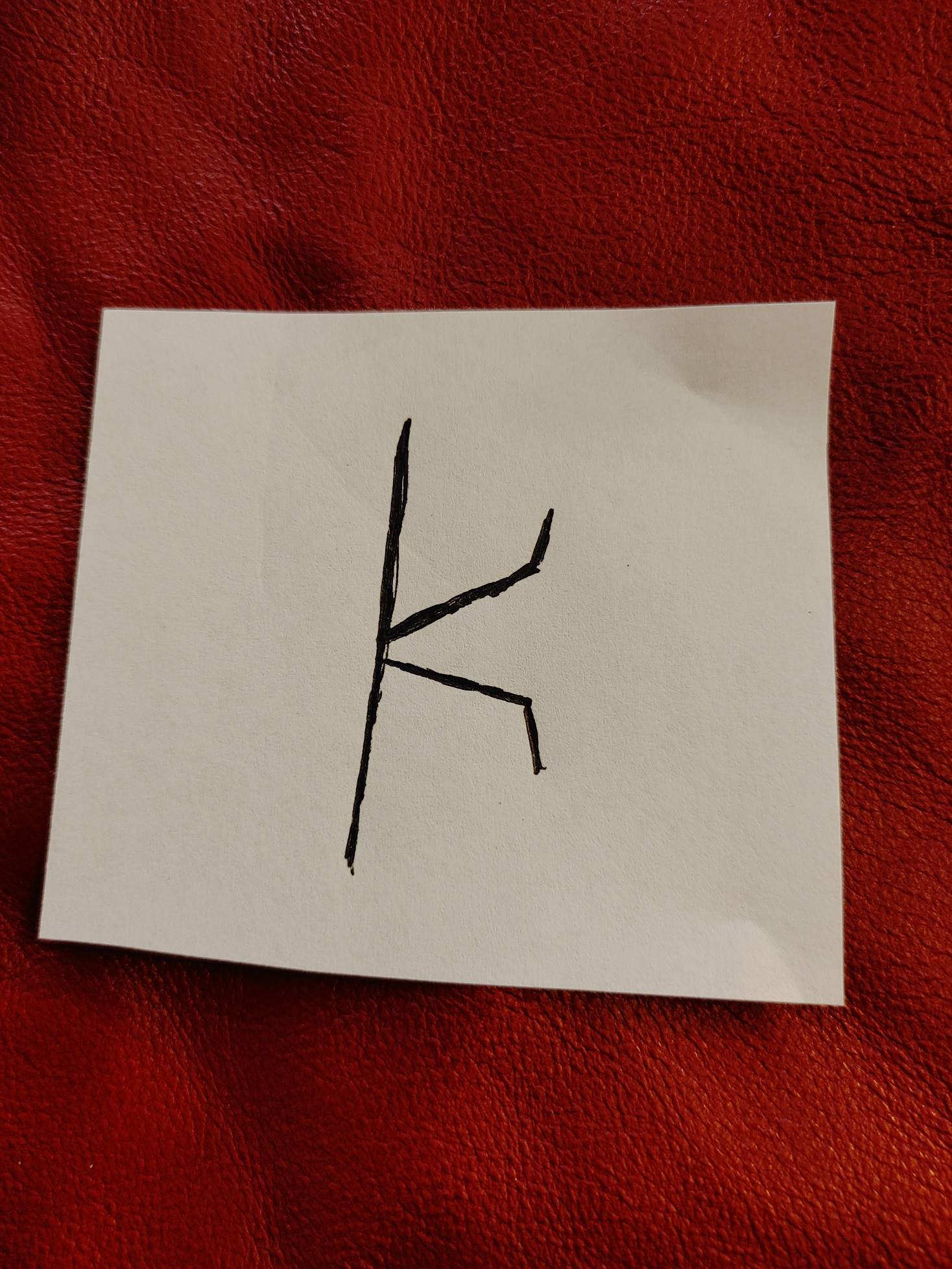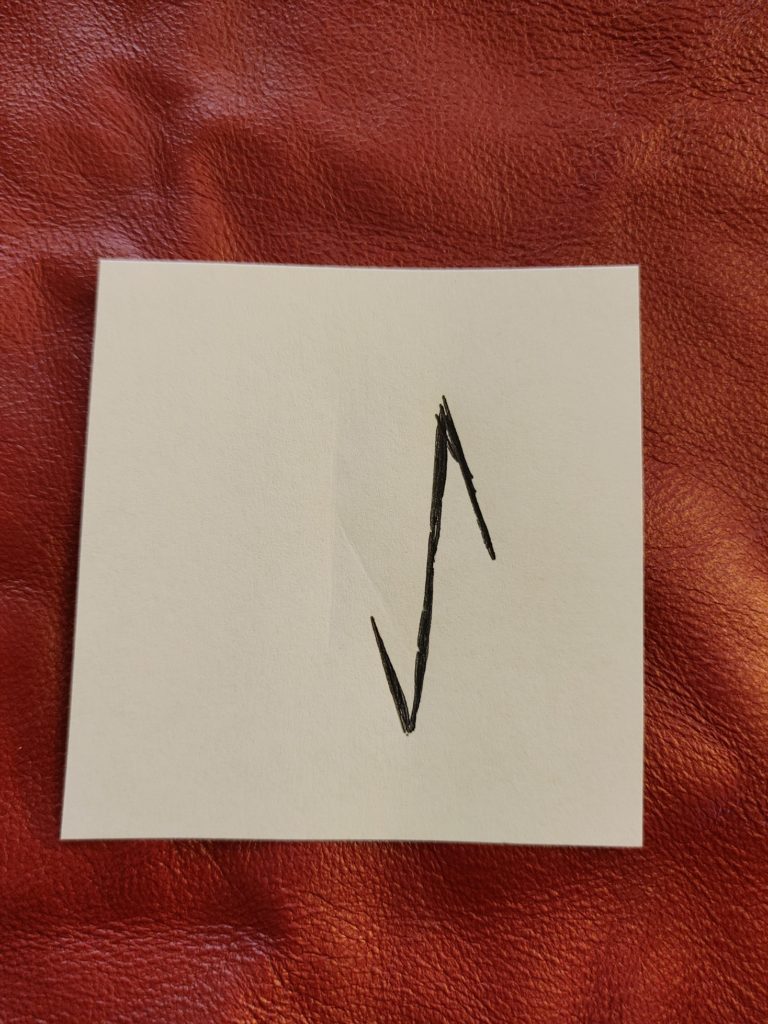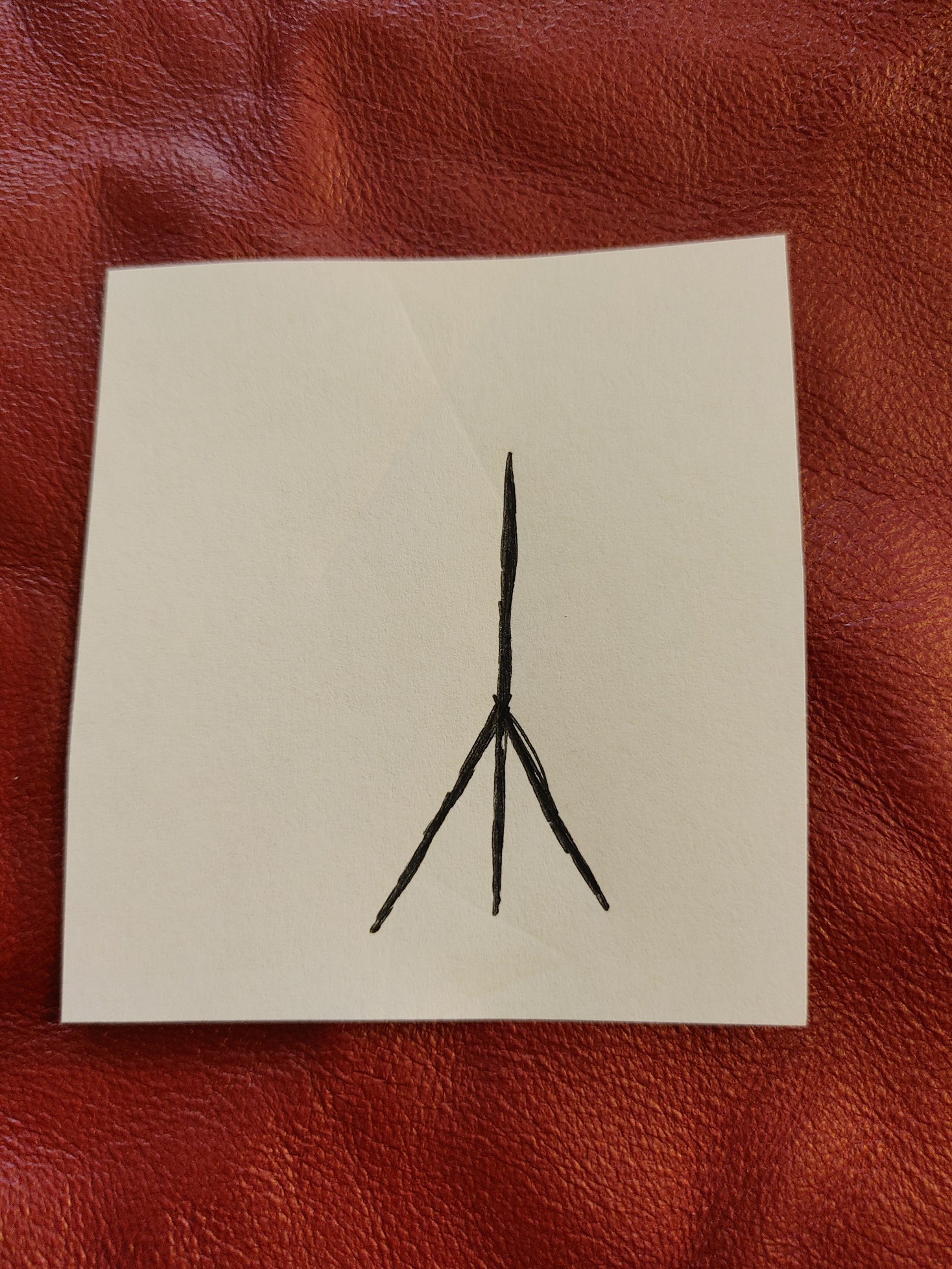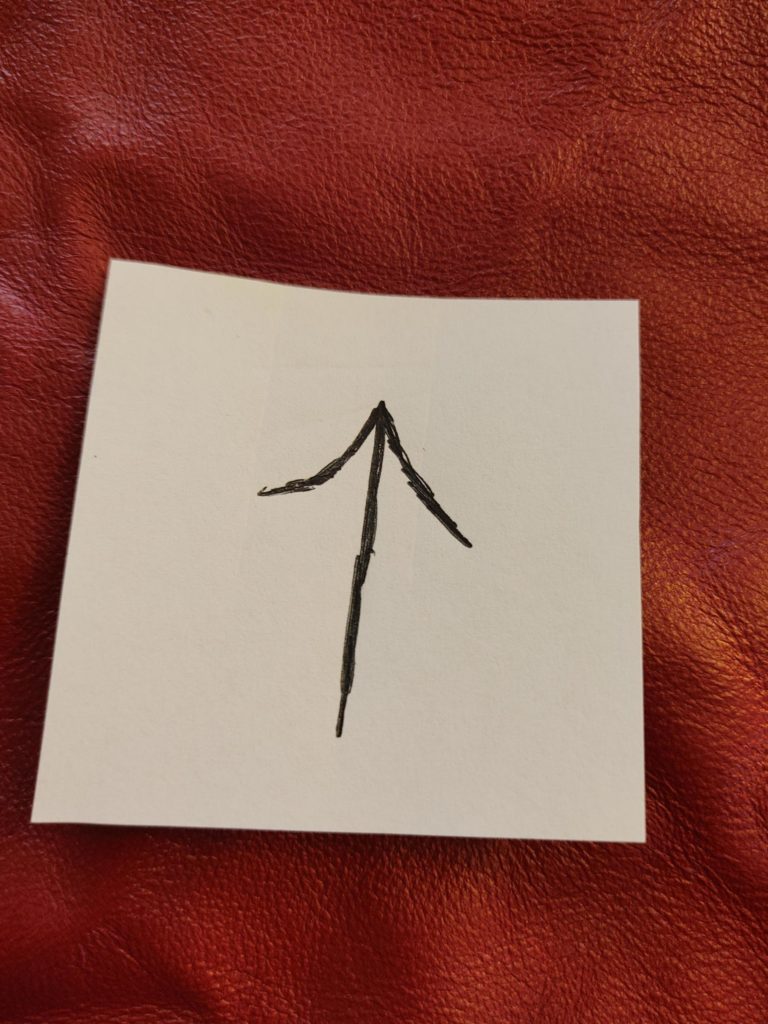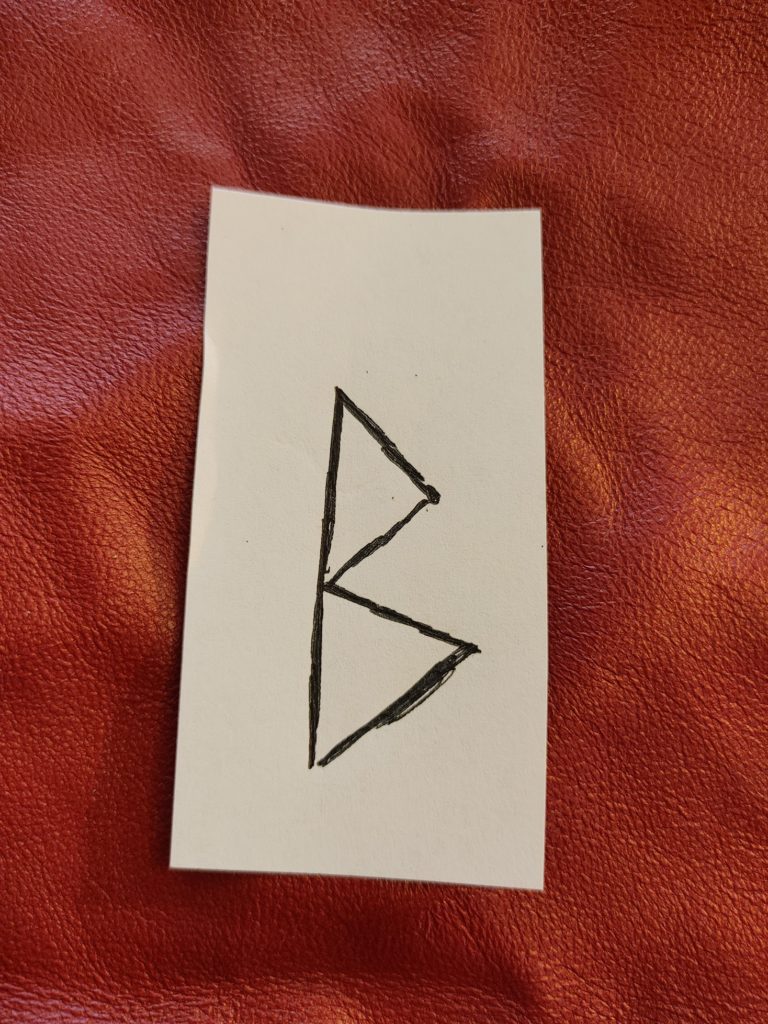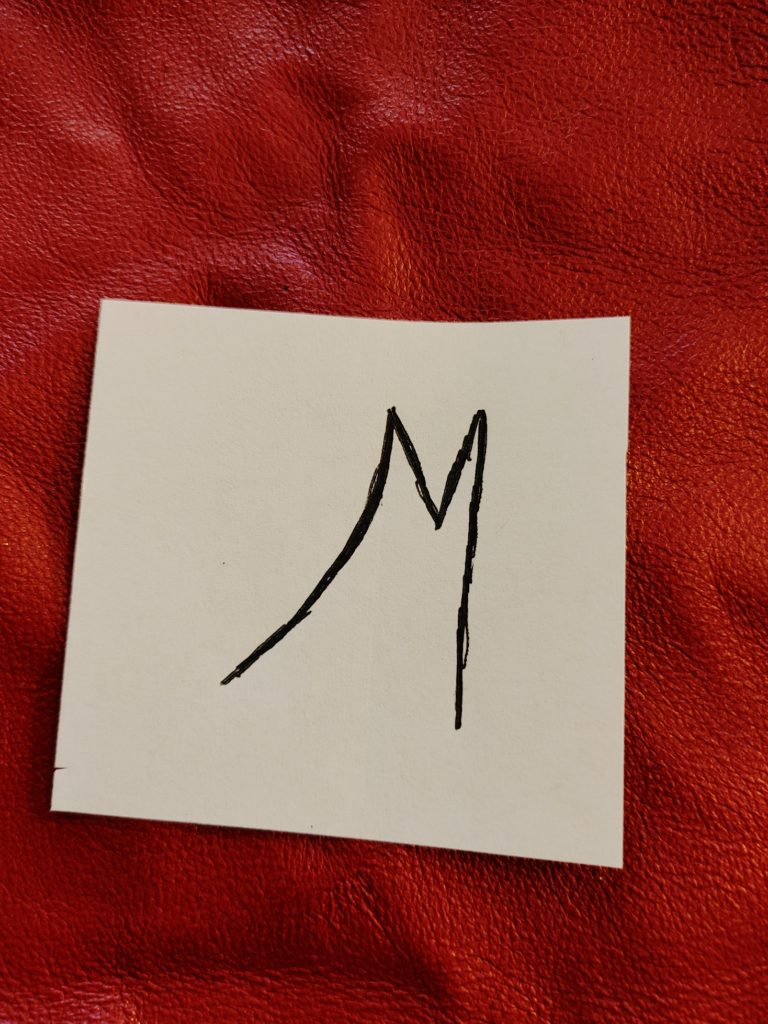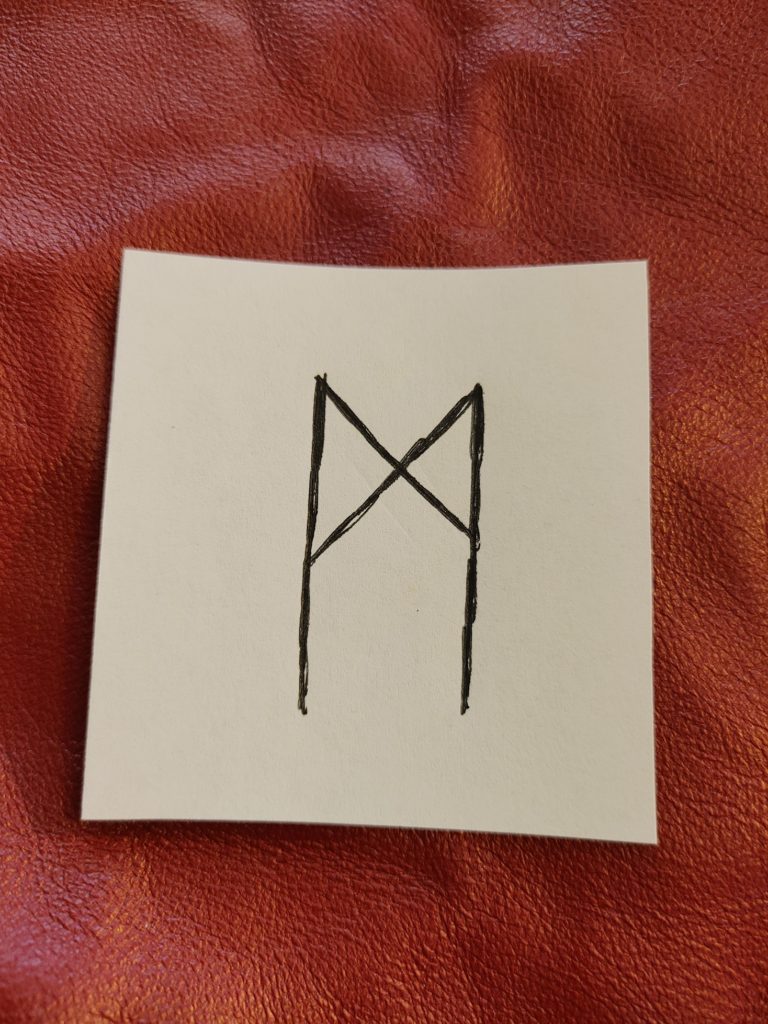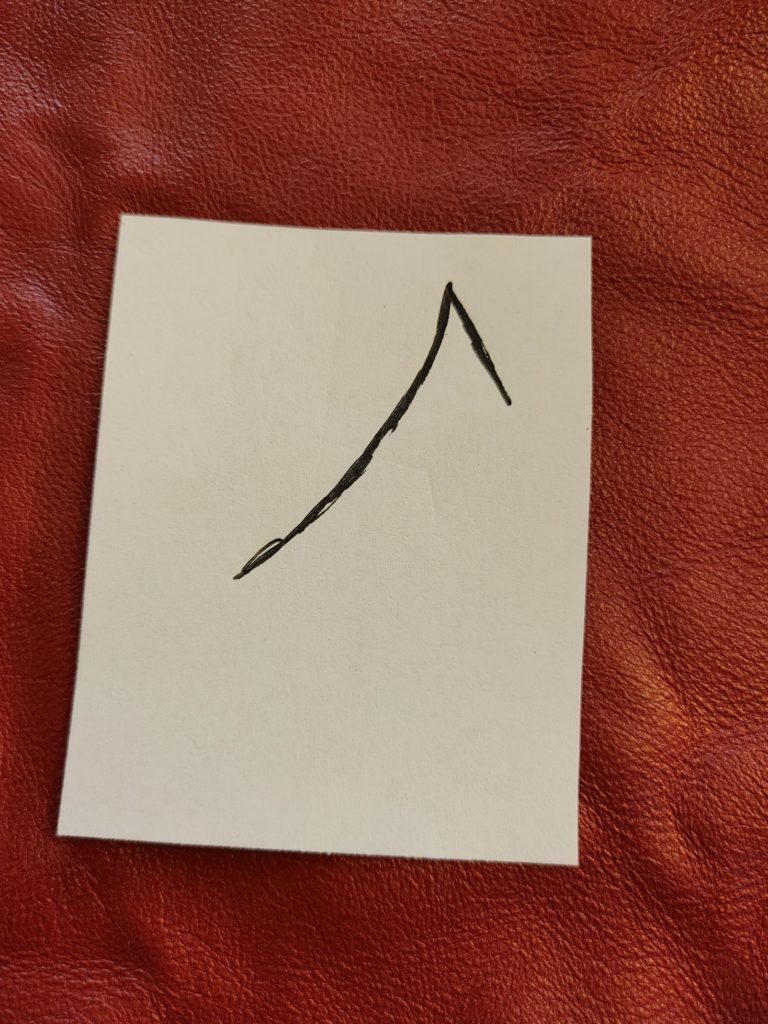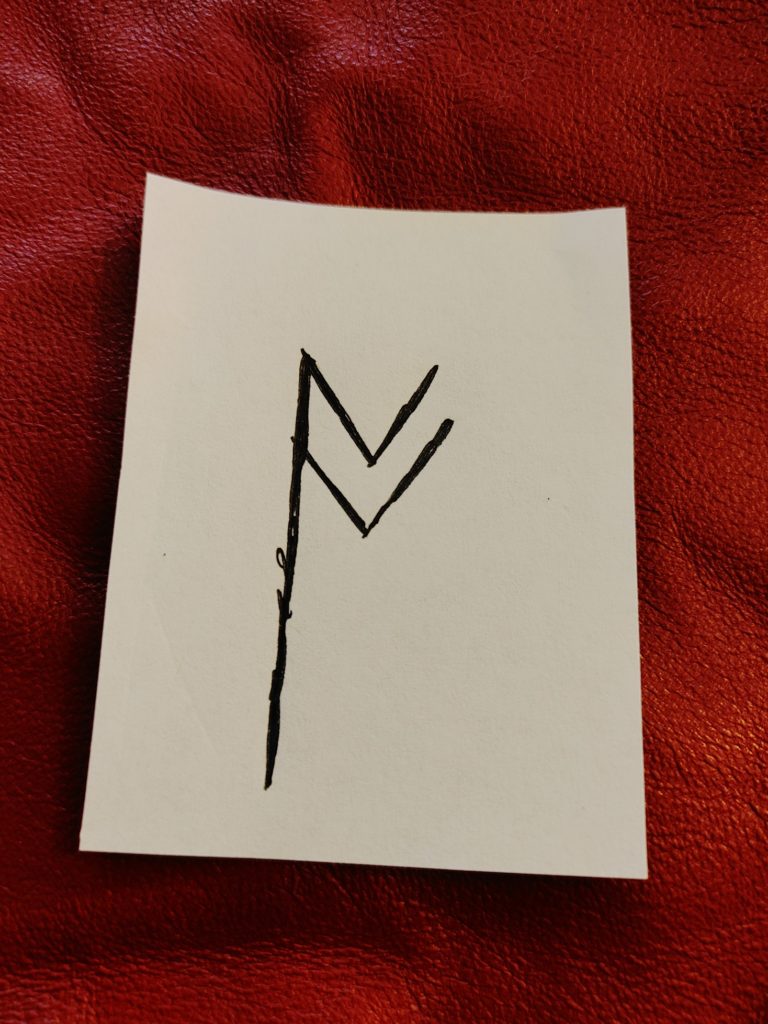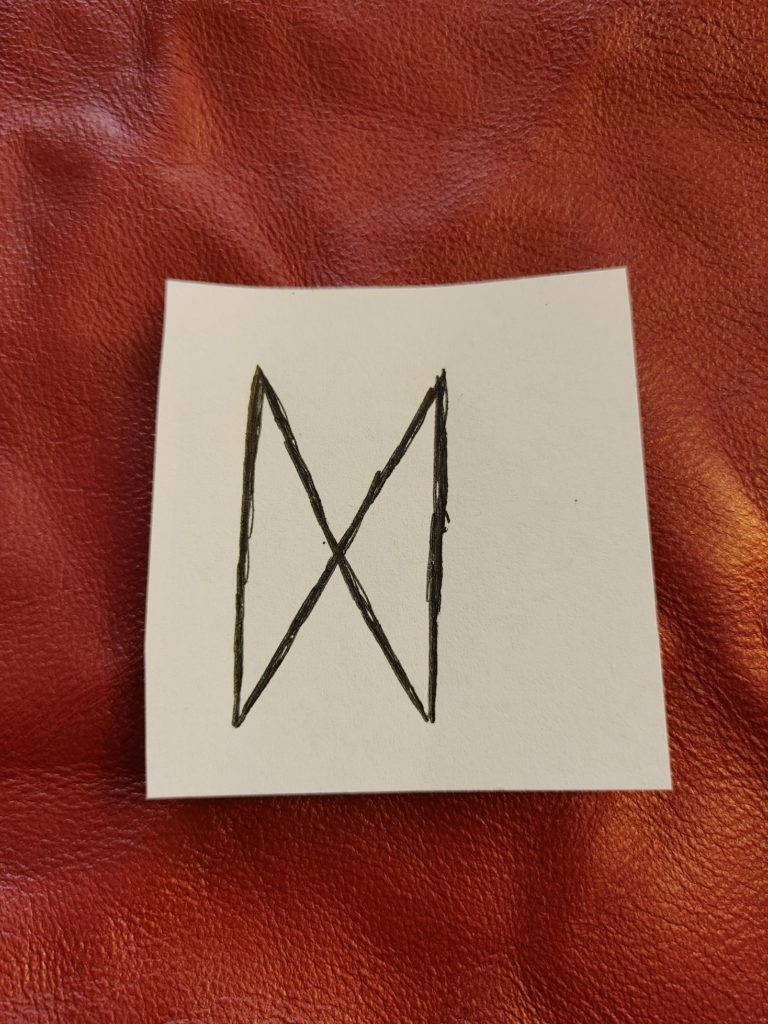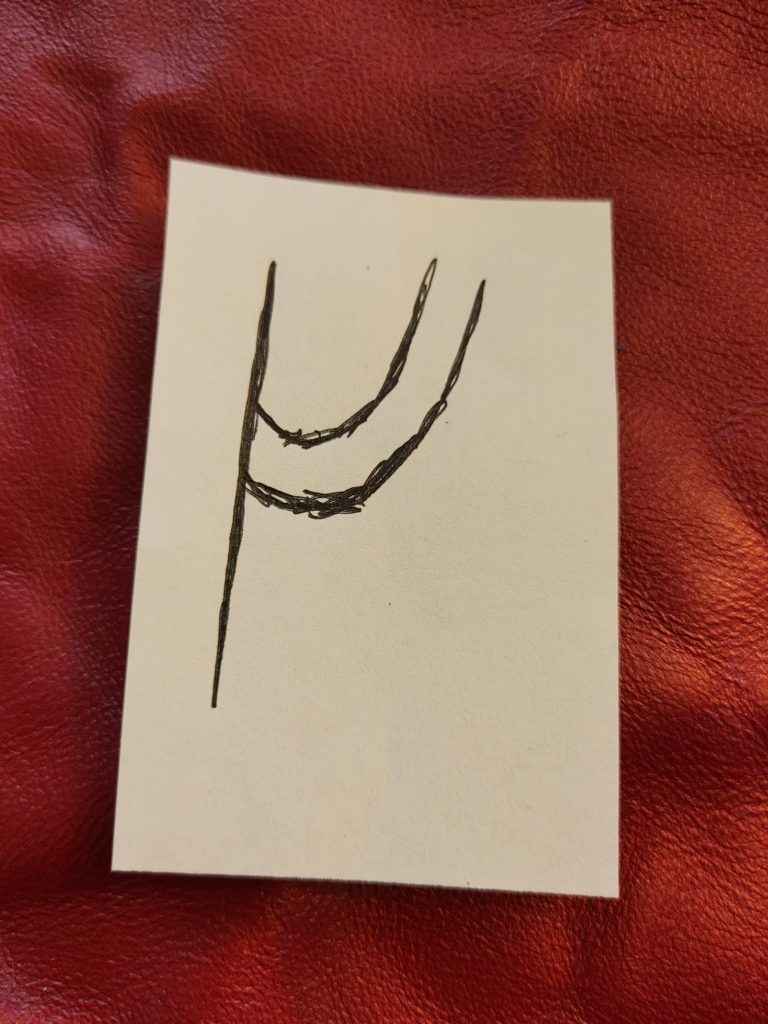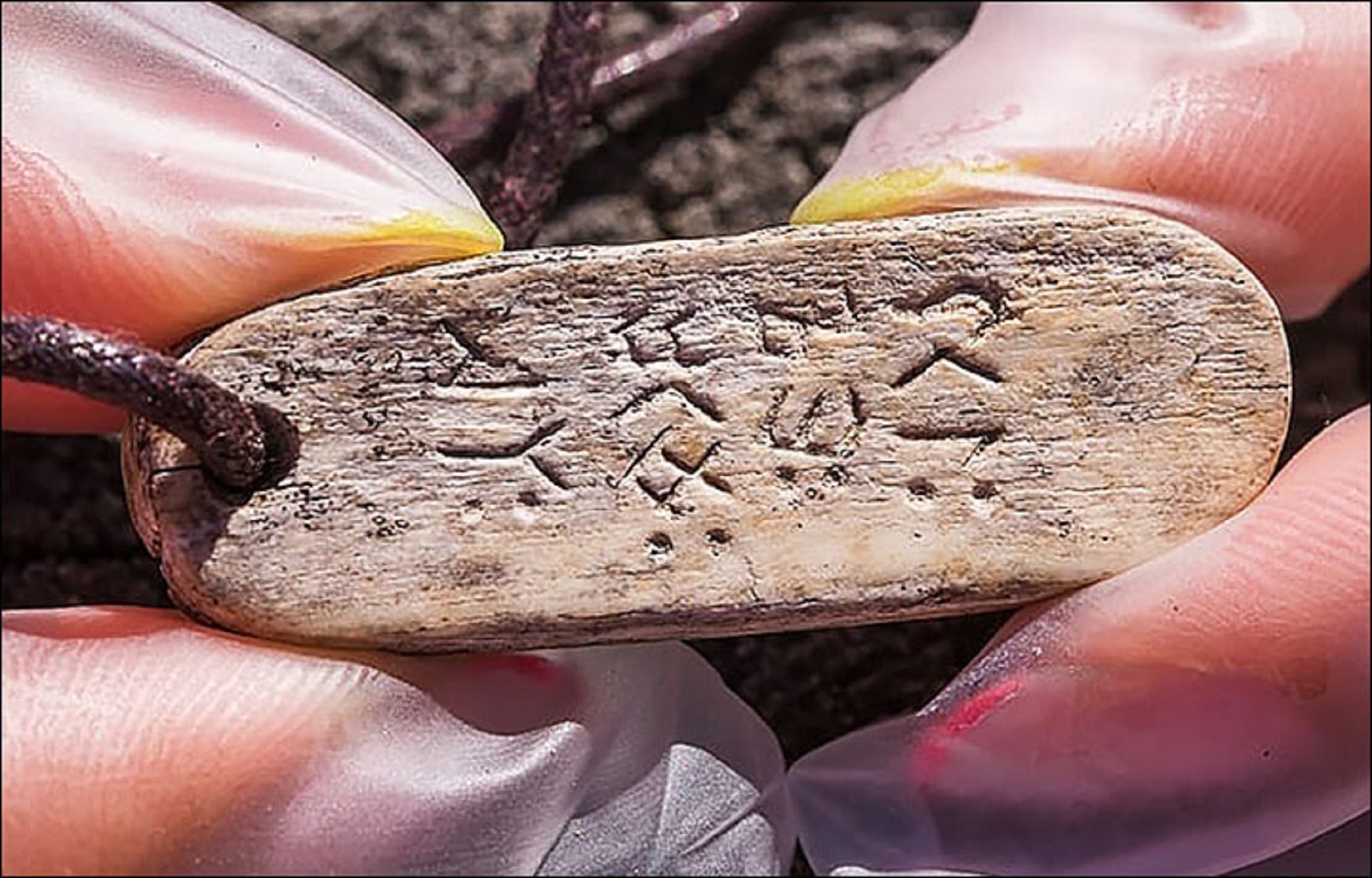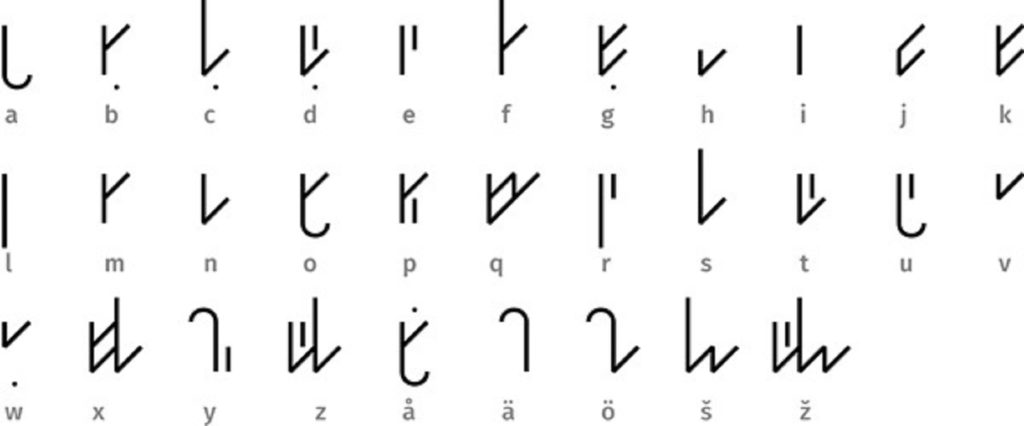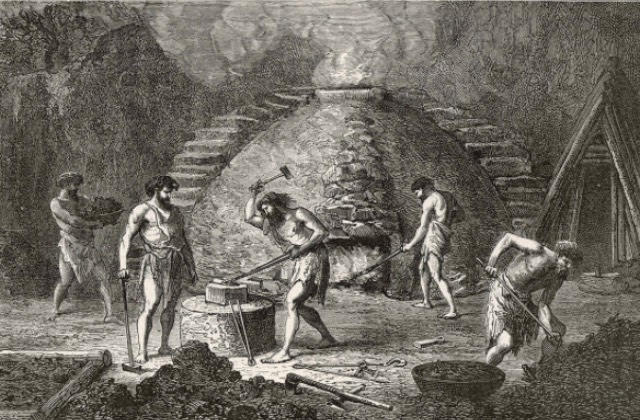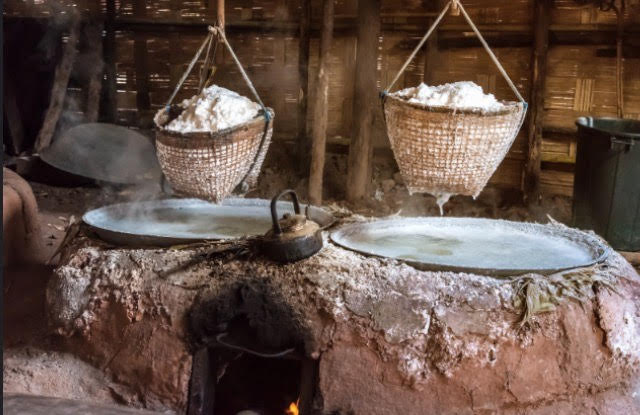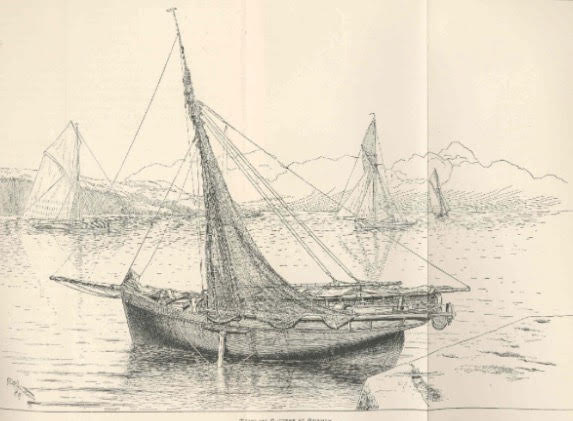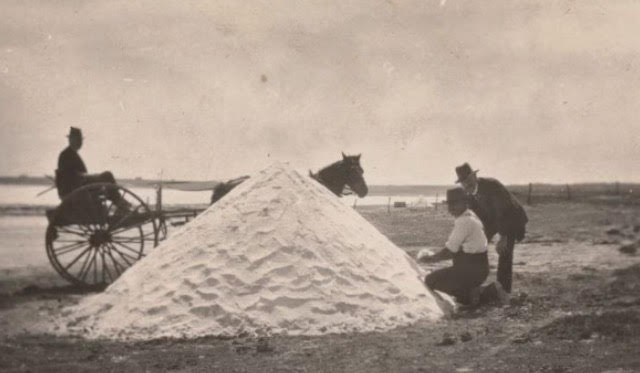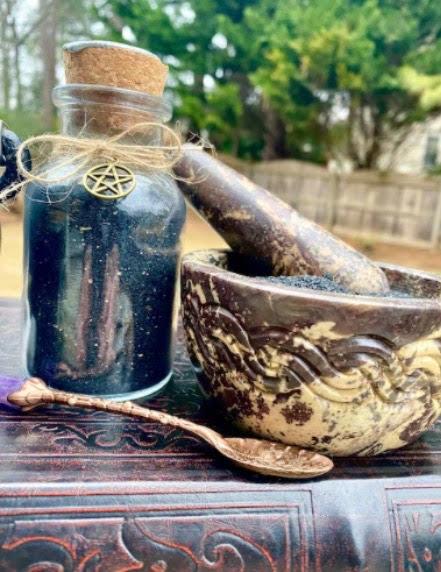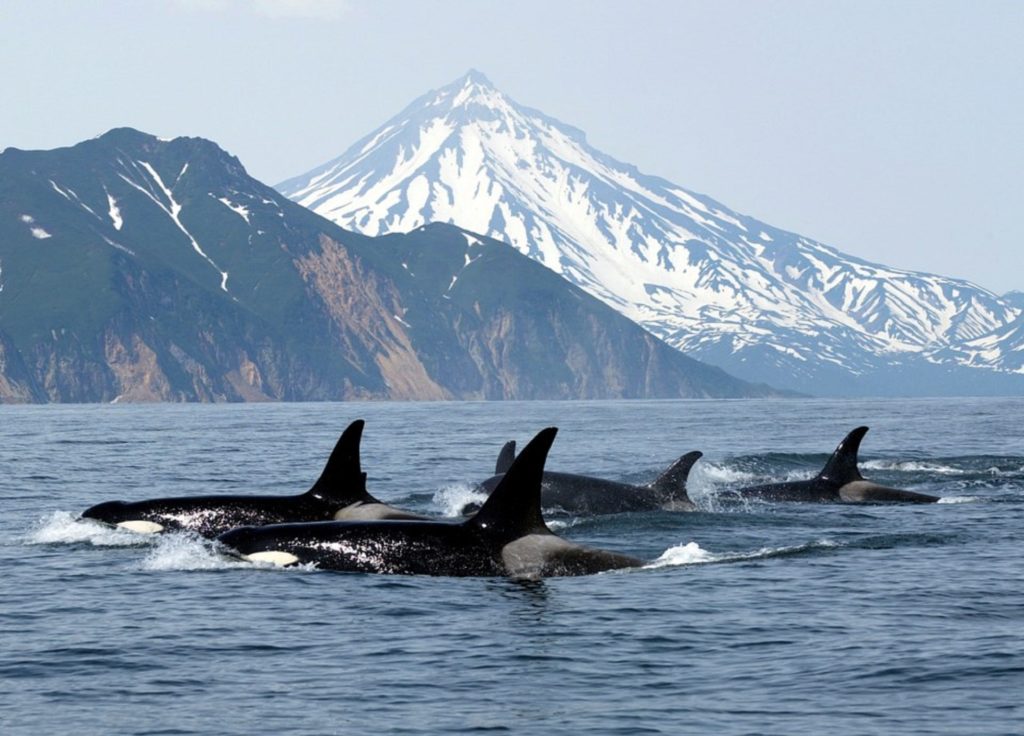
The practice of Witchcraft across the world is so vast and varied, it is a subject that is pretty much endless regarding learning about it. I have been fascinated with Witchcraft since a young age and have close friends who are very knowledgeable practitioners of the craft. In my blog for the past two years I have written a number of posts about Witches and Witchcraft across the world and today I want to take you to a country with a long rich history of Witches and that place is Hungary.
An Excerpt from:
Táltos, Witch, Incubus, Succubus and Other Beings in Hungarian Folklore and Mythology
by Dr Adél Vehrer, Associate Professor, Széchenyi István University, Győr
Witch
As a social institution, witchcraft has been traceable in every people of Europe since the Middle Ages. Witches have the most emphatic role of all mythological figures, as they incorporated numerous other beliefs. The Hungarian word for witch, boszorkány, comes from Turkic, and means a being who causes a feeling of pressure, a nightmare to the sleeping person, and in this sense he or she was considered as demonic (Pócs, 1989, p. 19). Stories clearly depict the witch as a negative figure, primarily an elderly woman, but it can also be a man. In several cases she has a physical defect, a disability or is shifty looking, but physical characteristics are not of pivotal significance.
In the event of any personal problem or misfortune, the witch is manifest in a real, living and known person. This scapegoat role of witches was not assigned to an unchanged person, rather to the person that could be accused in the current case (Pócs, 1989, p. 9).
Witchcraft is transferred by holding hands at the witch’s deathbed. She cannot die until she has not transferred her knowledge. If there is a volunteer, a broom is handed over to her.
She can put three kinds of hexes: 1) on animals or crop in the field of farming; 2) damaging human health; 3) destroying human relations.
Witches’ most general harmful mischief is putting hexes on people and animals. The emphatic part of stories are about the evil eye, primarily in connection with children. For the most part, adults are abused by love spells. In such cases people turned to a knowledgeable man or a healer for help. The damage caused by witches is called witch pressure in Hungarian. At night they put their weight on a person’s chest invisibly or in the form of an animal (e.g. cat).
The majority of the stories are related to cattle farming. Mischief causes the milk to dry up, loss in the profit earned on milk, or the cow to produce bloody milk. Witches often turn into cats, frogs or horses when they cast a spell on cows. They usually appear and cast spells at midnight. In order to avoid the mischief, the various form of the witch must be known. In the order of frequency, they are as follows: cat, frog, snake, horse, pig, goose and dog. A mischief is prevented by garlic: for example, on St Lucia’s day, the door frame or the calf is smeared with garlic (Szendrey 1986, pp. 354-357; Pócs, 1997; Ipolyi, 1854, pp. 407-408). SOURCE
The World of Hungarian Folk Beliefs
First among the figures of the world of beliefs of the Hungarian peasantry, we will mention the táltos, as one in whom the features of the pre-Conquest shamanistic faith can be found most prominently. The word táltos itself is presumably Finno-Ugric in origin, and its Finnish equivalent means “learned”, which is just what regional dialects of Hungarian call people endowed with supernatural powers. Today, the characteristics and equipment of the táltos can be analyzed mostly from the legends of belief (cf. p. 675) that still live in the memory of old people living primarily in the eastern half of the country.
The táltos is generally supposed to be well-meaning rather than punitive. He does not gain his knowledge by his own will, but receives it, as one of them bore witness during the course of an interrogation in 1725: “Nobody taught me to be a táltos, because a táltos is formed so by God in the womb of his mother.” Therefore no matter how much his parents and relatives might oppose it, he who has been ordered to his fate must carry it through.
A child was carefully examined at birth to see if he had any teeth or perhaps a sixth finger on one of his hands. One extra bone already foretold that with time the child would become a táltos. However, to become one, it was also necessary that the ancestors steal him for three or more days. One accused said, when interrogated for charlatanry in 1720: “… lying dead for nine days, he had been carried off to the other world, to God, but he returned because God sent him to cure and to heal.” They called this state elrejtezés, being in hiding, which is also a word of Finno-Ugric origin, and we can find its equivalent both in form and content among the related and various peoples of Siberia.
They maintain that while the táltos-designate is asleep, the others cut him to pieces to see if he has the extra bone. This motif also occurs in the Hungarian version of the generally known tale, “The Magician and his Apprentice” (AaTh 325): the kidnapped youth is cut up, usually put together on the third day, and by this gains for himself a previously unknown knowledge.
However, the táltos-designate’s struggle and trial is not over then, because he has to take a test. One way of doing this is by climbing up a tree that reaches to the sky, and if he returns without trouble, he can practice his newly acquired knowledge. SOURCE
Witchcraft and Demonology in Hungary and Transylvania
Quite a while ago I came across a book that immediately caught my eye and I knew it needed to be added to my library. This book is so well put together I would say it is one of my favorite books regarding the subjects it covers. The book Witchcraft and Demonology in Hungary and Transylvania which was edited by Gábor Klaniczay and Éva Pócs is one I highly recommend and will give you a little bit of its contents.
Published in the Palgrave Historical Studies in Witchcraft and Magic, Witchcraft and Demonology in Hungary and Transylvania offers a detailed examination of magic and witchcraft in a part of Europe that continues to fascinate Anglo-phone scholars of the subject. The book’s eight essays broaden the scope of our understanding of beliefs and practices in central and eastern Europe in the early modern period. Of these eight essays, five are translated from a previous collection of studies written in Hungarian and rewritten to suit this [End Page 443] publication’s international recontextualization. The other three essays consist of a chapter from a previously published monograph by Ildikó Kristóf, a translation of a study by Éva Pócs, and an entirely new study by Ágnes Hesz.
Ildikó Kristóf’s contribution examines witch-hunting in Bihar county and Debrezen, the largest city in eastern Hungary, between 1575 and 1766. Kristóf reveals the social confrontations that led to the 217 trials conducted against 303 people accused of maleficium, that is “bewitchment cases resulted from some kind of everyday, realistic conflict, between a witch and her victim” (16). Drawing on abundant research and data, Kristóf shows that in all these cases the authenticity of maleficium never came under scrutiny. Invariably, the cases rely on a narrative transformed and adjusted by the alleged victims’ stories to meet the expectations of the community and the normative coordinates of witchcraft. Importantly, Kristóf shows that what matters is not the accuracy of the narratives but what such narratives represent in the regulated forms of social cohabitation in which, as she points out, “any kind of violation implied retribution including sanctions associated with the spheres of beliefs” (20). In this context, Kristóf explores the social environment and the assortment of witchcraft accusations born from such conflicts as rivalry between “people of ill repute” and “honest Christians.” Such a category could include violating the interdiction of Sunday labor, missing church, or a woman who lived “in fornication, whoring and pandering” next to a “God fearing pious woman” (24–25). Within the micro-community scrutinized in her study, Kristóf also examines healers and midwives, who fell under suspicion of witchcraft for either success or failure in healing and treating their patients when rival healers were trying to outbid the skills of another healer by relying on accusations of witchcraft. SOURCE
Symbolic Healing in Hungarian Ethnomedicine
To understand the attitude of traditional folk medicine it is necessary for us to review the main types of the methods of healing. In the literature we find two approaches. One holds that, at a specified historical moment, the empirically based knowledge receives ritual reinforcement; while according to the other view, only about a quarter of the herbs used in folk medicine possessed any real curative property; the real effect was exerted by the process of healing, by the rite itself, the power of psychic influence. It must be clearly seen, however, that traditional folk medicine is an area of culture where methods of healing based on the accumulated experience of generations and the apparently irrational flats and notions dictated by beliefs blend in almost equal proportion. Only when looked at from outside does the belief system, with its own inner dynamics, appear incomprehensible; the internal connections organize the elements into a pattern, and, once the connections are understood, the elements seem evident – especially in the eyes of the users. Ethnographic research is interested in the system as a whole, and so it views folk medicine too as a part of the system of culture – a part that is a characteristic blond of rational and symbolic elements.
Hungarian people applied magic or symbolic `medical’ treatment mostly to curing diseases whose causes were unknown or were not directly identified. In the material so far collected the informants have named several causes of illness, but unfortunately that rich material has not yet received systematic analysis. The most frequent causes of illness are the following: God, the `evil ones’, who can be supernatural (unknown) beings or humans possessing supernatural power. This latter group is made up of boszorkányok (`witches’), bábák (`midwives’), wise men, bübájosok (`magicians’), javasok (`medicine women’), kuruzslók (`healers’); while the former group includes the lidérc (`incubus’) that causes an oppressive sensation at night, and the invisible szépasszony (`beautiful lady’), with her `bowl’, which makes anyone stepping into it come out in a rash1.
Among the causes of disease the so-called sickness-demons (such as the csúz (`joint gout’), íz (roughly the same), süly (`scurvy’), guta (`apoplexy’), nyavalya (`falling sickness’), etc.) used to be regarded as dominant, but probably more important than these elusive `beings’ are the many kinds of bewitchment. Thus, in the old days, bewitching was known as something done through some action or with the help of some objects; moreover, by looking (igézés – igizis) or by word or curse. A common form of bewitching was, for example, pouring: they made a brew from nine kinds of cereals and poured it out or sprinkled it on the ground at a busy cross-roads or outside the house of the person they wanted to bewitch. Whoever entered the bewitching fell ill, coming out in boils or nasty pimples.2 That, incidentally, was also one of the ways of getting rid of the disease. Continue reading HERE.
The Hungarian Witch Trials
The witch trials which took place in the city of Szeged in Hungary in 1728 – 1729, at the height of the country’s witch hysteria, was perhaps the largest witch hunt in Hungary. It led to the death of 12 to 14 people by burning.
The witch hunt was called by the authorities in 1728 after public complaints about a bad drought, and the famine and epidemics it gave rise to, with the intention of laying the responsibility for the drought on people who had allegedly fraternized with the Devil. There was also a fear throughout the Habsburg Empire that witches had begun organizing themselves along military lines, and a particular fear in Hungary that witches were also vampires.
Among the people accused was the former judge and richest citizen of the town, 82-year-old Dániel Rózsa, who was said to be the leader of the witches, and Anna Nagy Kökényné, a midwife who had accused him of witchcraft. Szeged Castle Yard was used for the trials organized by the church elders, and the victims were tortured to make them confess.
In July 1728, 12 people, six men and six women, were burned at the stake for witchcraft on a peninsula on the Tisza River, called Boszorkanysziget (“Island of Witches”).
Witch trials had occurred sporadically in Hungary since the 16th Century, but reach their height relatively late in the 1710s and 1720s. Over the following 40 years, about 450 witches were burned in Hungary. In 1756, partly as a response to the use of torture in Szeged, Empress Maria Theresa of Austria (and Queen of Hungary) ordered that all cases of witchcraft must be confirmed by the high court, which more or less ended the witch trials. The last person executed for witchcraft in Hungary was in 1777. SOURCE
Hungary, one of Europe’s great cultural crossroads and melting pots, was remarkable in the chronological pattern of its witch-hunting, which reached its peak late in comparison to (other countries, in the second and third decades of the eighteenth century. Hungary was a meeting place for the folklore and demonology of the Hungarians, the Roma (or Gypsy’s, then as now often credited with supernatural power), the Slavic peoples to the North and South, the Romanians to the East and German settlers and soldiers. Religiously, the picture was just as diverse, with Hungarian Catholics, Calvinists and Unitarians as well as German Lutherans and Catholics, and Muslim Turkish rulers in southern and central Hungary from the early sixteenth to the late seventeenth centuries. The first recorded witch trials emerged in the 1560s, in the mixed German and Hungarian city of Kt) loszvar. In the ensuing decades witch-hunting steadily increased. Notable political witch-trials occurred in the early seventeenth century in the Principality of Transylvania in Eastern Hungary, the only independent petition of the country (the rest was divided between the Ottoman Turkish Empire and the Austrian Habsburgs). Powerful aristocratic women seen as threats to the ruling house, the best known being the infamous “blood countess,” Elizabeth Bathory, whr) was tried during 1609-1611, were accused of witchcraft or of hiring lower-class female witches to perform evil deeds, along with a number of other crimes such as murder or poisoning. Another important Transylvanian political trial, with more than 20 accused, occurred in 1679-1686 when Prince Michael Apafi (1632-1690) accused a political rival’s wife of bewitching his own wife, Anne Bornemisza (1630-1688). What really accelerated the pace of Hungarian witch-hunting, however, was the imposition of Habsburg rule over the entire country in the late seventeenth century. Although witchcraft accusations stemming from Turkish territory were occasionally tried in courts in other parts of Hungary, the Turks had kept witch-hunting out of the Hungarian territory they ruled (as was true throughout the Ottoman possessions in southeastern Europe). With their expulsion in 1686, the former Ottoman territories moved to the front. Continue reading HERE.
Further Resources
Hungarian Shamanism: MATERIAL AND HISTORY OF RESEARCH
by JENŐ FAZEKAS



